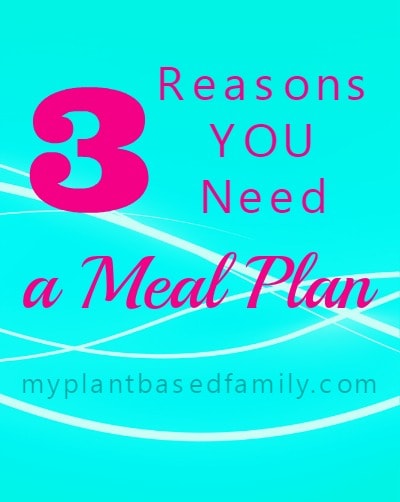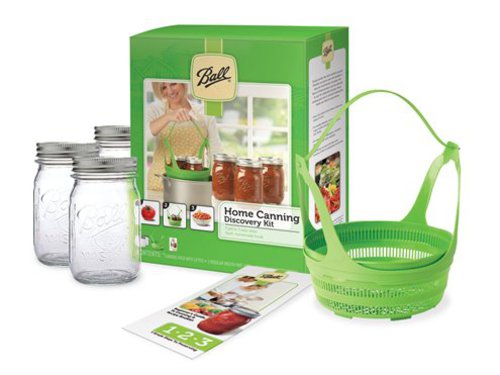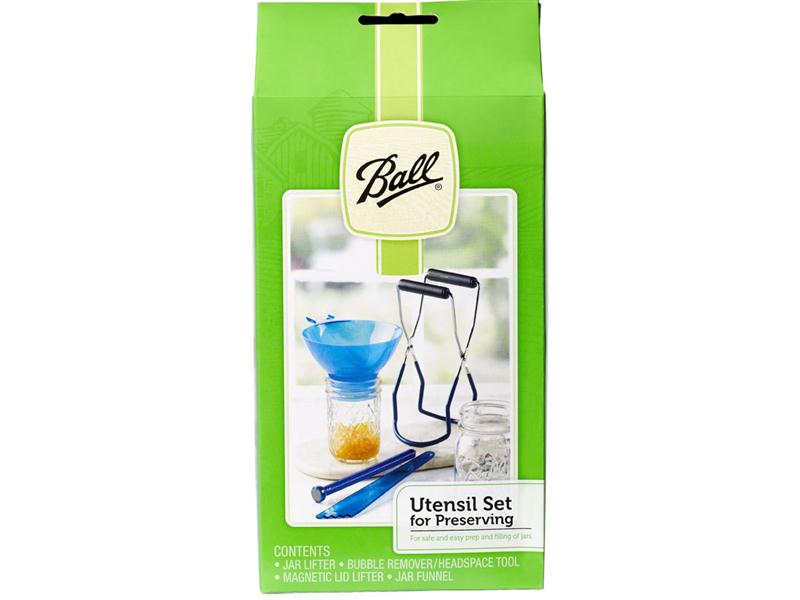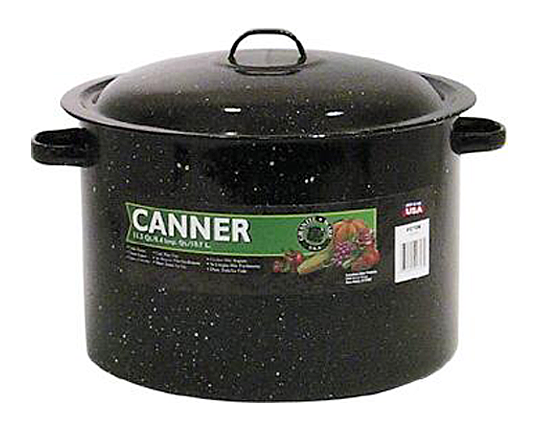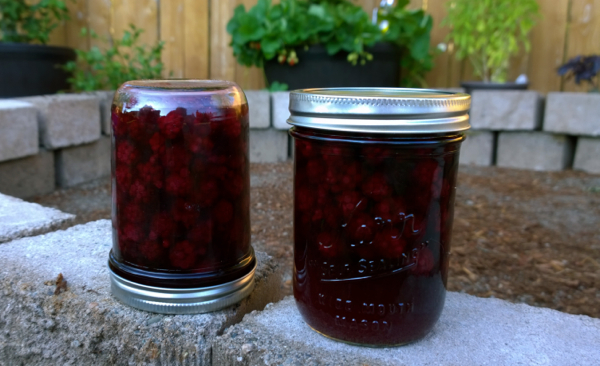Today we have a wonderful guest post, please welcome Emma Roche of PlantPlate.com.
When I tell people how much I enjoy the simplicity of my diet, often they look confused.
“But it’s so complicated, there’s so much that you don’t eat!”
“It must be so difficult to eat out though, right?”
“All those recipes seem so time-consuming. There’s nothing simple about making every meal yourself!”
Top 5 Tips
While I can understand these statements, and the fact that many people may view a whole foods plant-based diet as an incredibly complicated venture (even the name’s not easy to say!), this couldn’t be further from the truth. Fundamentally, this is a diet based on fruits, vegetables, grains and legumes. It’s that simple. But, due to the massive volume of dietary information- and misinformation- that we are bombarded with each day, it’s easy to get caught up in over-complicating our ideas about what we should put in our shopping carts, on our plates, or in our mouths.
For this reason, I’d like to share my top 5 tips for “Keeping it Simple” on a healthy plant-based diet. My hope is that this will benefit those of you currently transitioning to this way of eating, and help experienced plant-based eaters save themselves some time and confusion too.
1. If it’s a whole, plant-based food, you can eat it
If it’s a whole grain, a legume, a starchy vegetable, a non-starchy vegetable, or a fruit, then it’s considered part of a healthy plant-based diet. If it comes from an animal, or contains oils or highly processed and refined ingredients, it’s not. It’s not really necessary, or beneficial, to spend time researching if quinoa is better for you than brown rice, or which legume is higher in protein, or which fruit has slightly more vitamin C than another. Unless you have specific dietary requirements that require you to avoid things like gluten, wheat, or legumes, your health will benefit greatly from any variety of foods you choose to eat within these five groups.
More and more diet-related issues continue to attract concern in the plant-based community, including the importance of eating organically, or avoiding GMOs, or consuming a certain amount raw foods each day, or achieving a specific macronutrient ratio. Some wonder if they should shun gluten (even in the absence of an allergy), others fret about whether they should avoid grains, and many spend hundreds of dollars on ‘superfoods’ with the belief that they are the true key to optimal health. While some of these issues may warrant your attention, don’t let them distract or overwhelm you. Many people progressing to a plant-based diet become so overwhelmed by all these additional ‘rules’ that they immediately feel like giving up because it’s too hard. My advice? Stick with the basics: eat whole, minimally processed, plant-based foods that YOU can afford, and that YOU enjoy eating.
For a full list of the foods you can enjoy freely, check out our plant-based basics guide “So, What CAN I Eat?”
2. Fill the majority of your shopping cart with single-ingredient foods
The more foods you buy that contain just one ingredient, the less you’ll have to worry or think about what you’re putting in your mouth. What do I mean by single-ingredient foods? Anything you purchase in the supermarket that is what it is- with nothing else added! A banana, for example, contains just banana; much like a bunch of fresh kale, or a bag of brown rice, or a pack of dry lentils. Even whole wheat pasta generally contains just one ingredient: whole wheat.
Essentially, all fresh fruits and vegetables, whole grains, legumes, nuts, seeds and frozen fruits and vegetables are single-ingredient foods, and they should be taking up the vast majority of space in your shopping cart. Any remaining space can be used for additions necessary to complete meals, such as plant-based milks, seasonings, flour-based products like whole grain breads, and condiments that are free of animal products and oils (you can check out our ‘Pantry Staples and Essentials’ guide for a list of these items.)
3. Make use of “convenience” items when necessary
In an ideal world, we’d all soak and cook our own legumes, pluck and prep farm fresh vegetables, and bake our own bread from scratch. The reality, however, is that we lead incredibly busy lives nowadays, and many people find it hard to make one home cooked meal a day, let alone prepare all their ingredients from scratch. For this reason, I have found it helpful to have some frozen and canned items on hand for cooking. While some may disagree with me on this, my principle is simple: if having canned beans and frozen prepped veggies is going to help you stick with a whole foods plant-based diet (and stop you from calling for take out instead) then it’s a good thing!
When purchasing these items, however, it’s best to follow these guidelines:
- Frozen (fruits, vegetables): No added salt, sugar, or oils
- Canned (legumes, tomato products): No added salt or oils
Many supermarkets also sell washed and pre-sliced vegetables in the refrigerated section of the produce aisle. This usually includes things like grated carrots, shaved brussels sprouts, salad mixes, and stir-fry mixes. These items can be a real blessing when you need to cook dinner after a long work day, saving you time on washing, chopping, and cleaning up, too!
4. Eat simple food combinations, rather than relying only on recipes
This might sound contradictory coming from someone that develops new recipes on a weekly basis, but I feel that this is an important point to make. While I love nothing more that rifling through recipe books on my days off to find something delicious to shop and cook for, on busy days I find it easier to rely on basic combinations of foods. Breakfast might be plain oats with fruit; lunch a baked sweet potato with salad greens, and dinner a mix of brown rice and black beans, with steamed spinach on the side. Pick a grain, a legume, a vegetable, or a fruit, and the possibilities are endless. Season these simple combinations with herbs, spices, or your favourite condiments, and you’ve got flavourful, healthy meals in a matter of minutes.
To make life really simple, I like to batch cook a whole grain, a legume, and a starchy vegetable at the beginning of the week. You can then rotate combinations of these 3 things in the days following, adding different fruits or vegetables at each meal. While this might sound monotonous to some, remember that many of the world’s longest lived populations rely on relatively few dietary staples for the majority of their lives, such as the people of Okinawa on sweet potatoes, and the locals of Nicoya, Costa Rica on rice and beans. Variety may be the spice of life, but simplicity may just help you live longer!
5. Don’t make separate meals for everyone.
This is a tip for those with families, and it’s something that I’ve learned from experience. If you’re going to go to the effort of preparing a family dinner, plan it so that you don’t end up cooking 2 or 3 or 4 separate meals to suit everyone. This is to help preserve your sanity! While I’m very understanding of parents with picky kids, or those with partners who aren’t so enthusiastic about plant-based eating, things will start to get really complicated if you try to cater to each person individually. In fact, it can make you feel as though a plant-based diet is more trouble than it’s worth. It’s for this reason that I suggest choosing meals that suit (or can be tailored to suit) everyone, at least when you are all eating together.
If you’re looking for ideas, things like tacos or baked potato stations are great. You can serve a number of different fillings and toppings and let everyone customize their meal to their liking. Pasta dishes are usually great crowd-pleasers (including our Lentil Bolognaise, pictured above), as are veggie burgers and oven-baked fries. Talk to your family about what meals they like best, and keep them on rotation, changing the vegetables or seasonings used to keep things interesting.
I do hope that some of this information was useful to you! At the end of the day, how you approach a whole foods plant-based diet will depend largely on your lifestyle. And if you’re like me- busy, on the go, but still trying to keep yourself and your family healthy- then you’ll want to keep it as simple as possible. Find a rhythm, eat foods you enjoy, and don’t sweat the small stuff.
Emma Roche founded PlantPlate.com in 2013, after attaining her certificate in Plant-Based Nutrition through eCornell and the T Colin Campbell Foundation. A long-time vegan, and even longer-time cooking enthusiast, Emma uses PlantPlate as a platform to share her recipes, and to offer advice on achieving success with a healthy plant-based diet.
You can follow PlantPlate on Facebook, Twitter and Instagram

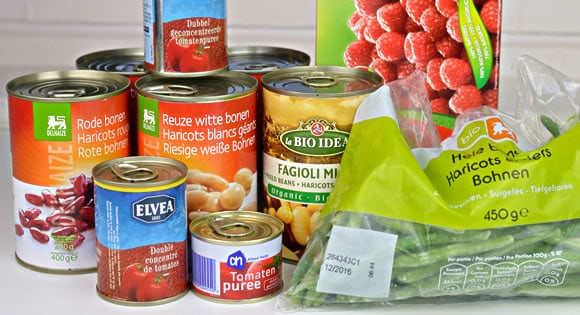


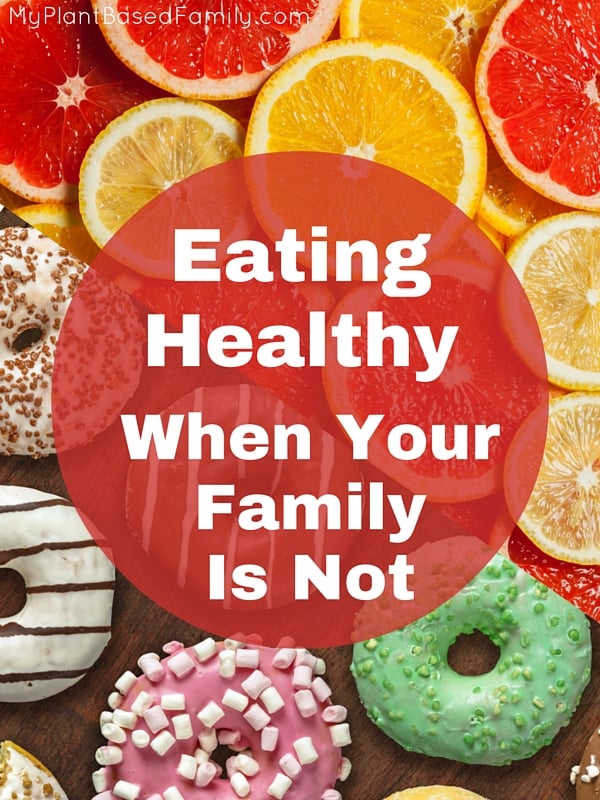
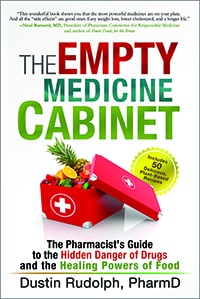
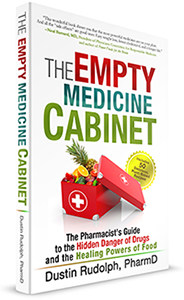 I’m partnering with Dustin to make sure one lucky reader gets a copy of
I’m partnering with Dustin to make sure one lucky reader gets a copy of 